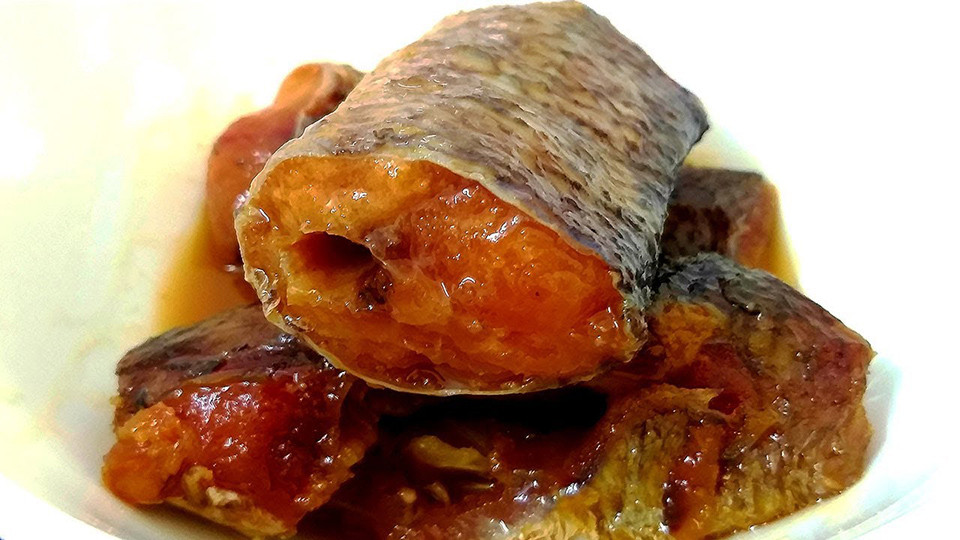
Located in the heart of the Mekong Delta in Vietnam, An Giang Province benefits from its location at the headwaters of two large rivers and many small rivers and canals, providing abundant natural fish resources. Therefore, local cooks can always access the freshest snakehead fish to process the dish.
The cook begins by thoroughly washing the snakehead fish, removing its intestines, gills, and scales under the fins. Next, the fish is rinsed multiple times with diluted lemon juice or rubbed with salt directly, before rinsing, to eliminate its fishy smell and sliminess. After draining the fish, it is filleted or cut into bite-sized pieces.
The fish pieces are placed in a glass jar and arranged in layers: one layer of fish followed by one layer of salt. The cook must ensure that salt fills all empty spaces in the jar. The jar is carefully closed and placed in a dry location which is away from sunlight for 10 to 15 days.
After 10-15 days, the fish pieces are removed from the jar, washed, thoroughly drained, and mixed with powdered grilled rice. Once they are evenly coated with the powdered grilled rice, the cook uses chopsticks to compress all the fish pieces tightly, closes the jar and places it in a dry location away from sunlight for about two months.
In the final step, the cook boils 0.4 liter of water with one kilogram of palm sugar until it thickens. Throughout the cooking process, any foam must be removed to maintain clarity of the mixture. Then, the cooked mixture is poured over the fish pieces. After soaking for two months, the fermented snakehead fish is completed.
Once completed, fermented snakehead fish boasts an eye-catching color and a characteristic aroma. The fish fully absorbs spices and becomes firm in texture. Fermented snakehead fish can also be combined with other ingredients to make various delicious dishes.
Saigon Times